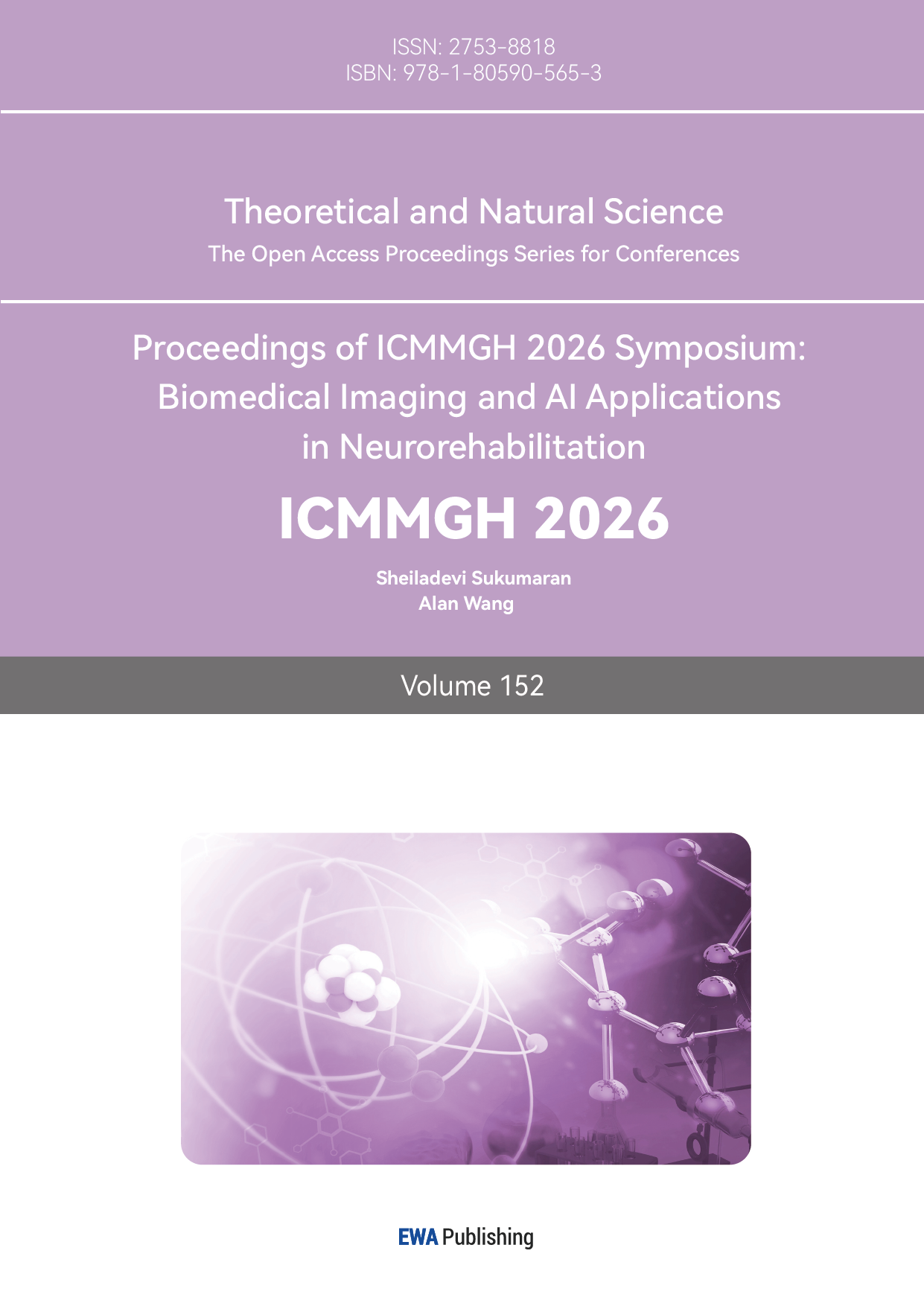References
[1]. Sung, H., et al. (2021). Global cancer statistics 2020: GLOBOCAN estimates of incidence and mortality worldwide for 36 cancers in 185 countries. Ca-a Cancer Journal for Clinicians, 71(3): p. 209-249.
[2]. Chen, G., & Huang, W. (2008). Research progress on chemical constituents and pharmacological effects of Astragalus. Chinese Journal of New Drugs, (17), 1482–1485.
[3]. Zhang, L., et al. (2020). A review on major active components of Codonopsis from different origins. Gansu Agricultural Science and Technology, (12), 65–69.
[4]. Zhao, X., et al. (2024). Research progress on the antitumor effects of Codonopsis and its active components. Chinese Journal of Traditional Chinese Medicine, 30(3), 121–125, 155.
[5]. Li, Y. (2017). Research progress on the active components and mechanisms of Astragalus in antitumor effects.
[6]. Zhou, D., et al. (2021). Antitumor mechanisms and clinical applications of Shenqi Fuzheng injection. Life Chemistry, 41(12), 2654–2661.
[7]. Wang, C., Li, Y., & Fang, F. (2022). Effect of Shenqi Fuzheng injection on leukopenia and T-cell subsets in patients with non-small cell lung cancer undergoing radiotherapy. Evidence-Based Complementary and Alternative Medicine, 2022, 2832739.
[8]. Lu, Y., & Lu, Y. X. (2006). Pharmacological effects and clinical applications of Shenqi Fuzheng injection. Shizhen Guoyi Guoyao, (10), 2083–2085.
[9]. Zhu, J., & Zhu, Y. (2014). Study on the mechanisms of Astragalus in preventing precancerous lesions of cervical cancer. Chinese General Practice, 17(13), 1562–1564.
[10]. Wei, X., & Zhang, R. (2024). Clinical efficacy and safety of Shenqi Fuzheng injection combined with chemotherapy in the treatment of gastric cancer. Chinese and Foreign Medical Treatment, 43(33), 175–178.
[11]. Li, X., et al. (2022). Effects of Shenqi Fuzheng injection combined with chemotherapy on chemosensitivity and T-lymphocyte subsets in patients with advanced gastric cancer. Journal of PLA Medicine, 34(7), 44–48.
[12]. Zhang, W., et al. (2009). Effects of Shenqi Fuzheng injection on T-lymphocyte subsets after TACE in patients with primary liver cancer. Medical Herald, 28(2), 213–214.
[13]. Di, L., Liu, R., & Yang, H. (2004). Clinical study of Shenqi Fuzheng injection for treatment of transcatheter arterial chemoembolization syndrome in primary liver cancer. Modern Oncology Medicine, (5), 473–474.
[14]. Bao, W., et al. (2017). Current status of research on Shenqi Fuzheng injection for digestive system tumors. Journal of Jinzhou Medical University, 38(2), 107–109.
[15]. Zhang, X., & Hou, X. (2021). Effects of Shenqi Fuzheng injection combined with XELOX chemotherapy on T-lymphocyte subsets, CEA, CA125, CA724, and quality of life in elderly patients with colorectal cancer. Chinese Journal of Gerontology, 41(23), 5201–5203.



